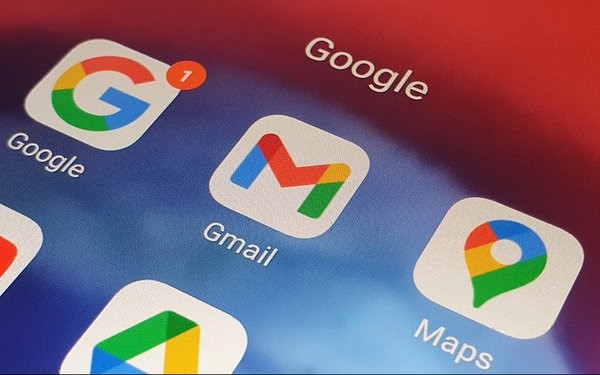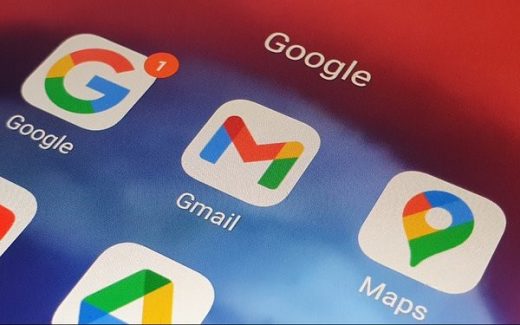Google: Interoperability Or Signs Of Monopoly
Google: Interoperability Or Signs Of Monopoly

Dismantling years of investments and reinvestments of profit to build what some view as a nearly perfect string of supply-chain platforms reinforced with data and access to users through logins and identifiers can be seen in two completely different ways.
Google reported 2023 advertising revenue of about $237.86 billion, which contributed to the company’s total revenue of $305.6 billion.
Search queries based on time of day and location can inform ad targeting, and 90% of these are processed in the United States to inform the flow throughout its businesses. How do competitors compete with that massive scale?
By no means do I expect an answer. It’s more of a rhetorical question based on Google’s commitment to building technology.
Nor do I expect to provide all the information needed to make a decision. I just want to inform readers of how much time, money and expertise was put into building out Google, an information and ad-serving machine.
Google owns multiple pieces of the technology supply chain — such as ad placement, ad server, demand-side platform (DSP), sell-side platform (SSP), ad network, exchange, and the creative process. It spent years piecing together the puzzle to land the perfect ad on the perfect page based on the correct time, and experimented with automation using data within its network of connected services and sites.
Some think that in its lawsuit, the Department of Justice provided a limited description of how the ad-technology landscape works, and failed to describe how advertising moved with consumers from laptops or desktops to mobile and tablets to apps and displays into video. Then there is audio, such as podcasts and connected TV (CTV).
Advertisers and publishers are not locked into a string of technology that Google either created or acquired to serve ads, making it difficult for other companies to participate.
Technology is interchangeable and interoperable, enabling the highest bid for any placement to win. Google also for many years reinvested its profit back into the business, as so many others have done and continue to do.
To identify inventory on a publisher site and serve an ad, the supply chain mixes and matches a variety of companies billions of times daily each time a transaction is triggered and performed.
It’s common for companies to own many pieces across advertising and publishing services. An advertiser could use Google’s Campaign Manager 360 as their ad server, The Trade Desk as their DSP, buy through any ad exchange, and land on a sell-side platform like Magnite.
The U.S. government claims Google is self-preferencing, but self-preferencing is not unlawful under U.S. antitrust laws, according to one unnamed source.
Many new companies — large and small — have entered the ad landscape and gained traction quickly. In addition to Kroger, Walmart and Target, new entrants include TikTok, Uber, and PayPal. Why would any of these companies enter a monopolized market? No one expects a company that has just entered the market to have the same profit power as one that has been working on building it for years.
Brands or advertisers are not locked into working with one company. That would defeat the purpose. It is assumed that the average publisher today uses about six SSPs simultaneously to monetize inventory.
Advertisers use three or more DSPs because it’s easy to drop a tracking tag and monitor which one provides better targeting options. It’s an outdated idea that an advertisers would use one DSP or SSP for opportunities across the web.
Each piece of Google’s ad technology informs the others, giving the Alphabet company a competitive advantage, according to the lawsuit filed by the U.S. Department of Justice.
But the argument that Google has created a closed-loop ecosystem doesn’t work. The company has been working for years to increase its interoperability with other companies. Some believe that choosing winners and losers of a highly competitive industry could break the tools that work for ad buyers and sellers by changing what works today.
Google buys into more than 80 exchanges through its DSP, and also shares the data used to inform bid requests from publishers, and the data that comes from advertisers for publishers and exchanges. That information is available to all via electronic data transfers.
Technology moves faster than the court system. Artificial intelligence (AI), while it has not yet overtaken traditional search, will in time.
Within that time, competitors that have and will emerge continue to improve their chances of overtaking Google in search and ad targeting. Companies like Microsoft, OpenAI, Perplexity, Meta, and many others.
Unless there is an underlying and ill-intentioned strategy to undermine advertisers, dismantling Google is not the answer. Time could correct the competitive imbalance.
There are other challenges with AI, such as global warming. The technology requires massive amounts of energy to run the servers that operated the technology — much more than search and ad serving — but that’s another topic that requires exploring alternative sources of energy.
An AI focus seems to be the opposite of sustainability — one of the major challenges to climate change.
U.S. Judge Amit Mehta ruled on August 5 that Google violated antitrust laws through exclusive agreements with companies, and deemed the company had monopoly power in two markets, general search services and general search text advertising. But a second trial that will begin in September will determine potential remedies. This may include breaking up the Alphabet company, although the company said it will appeal.
(3)


